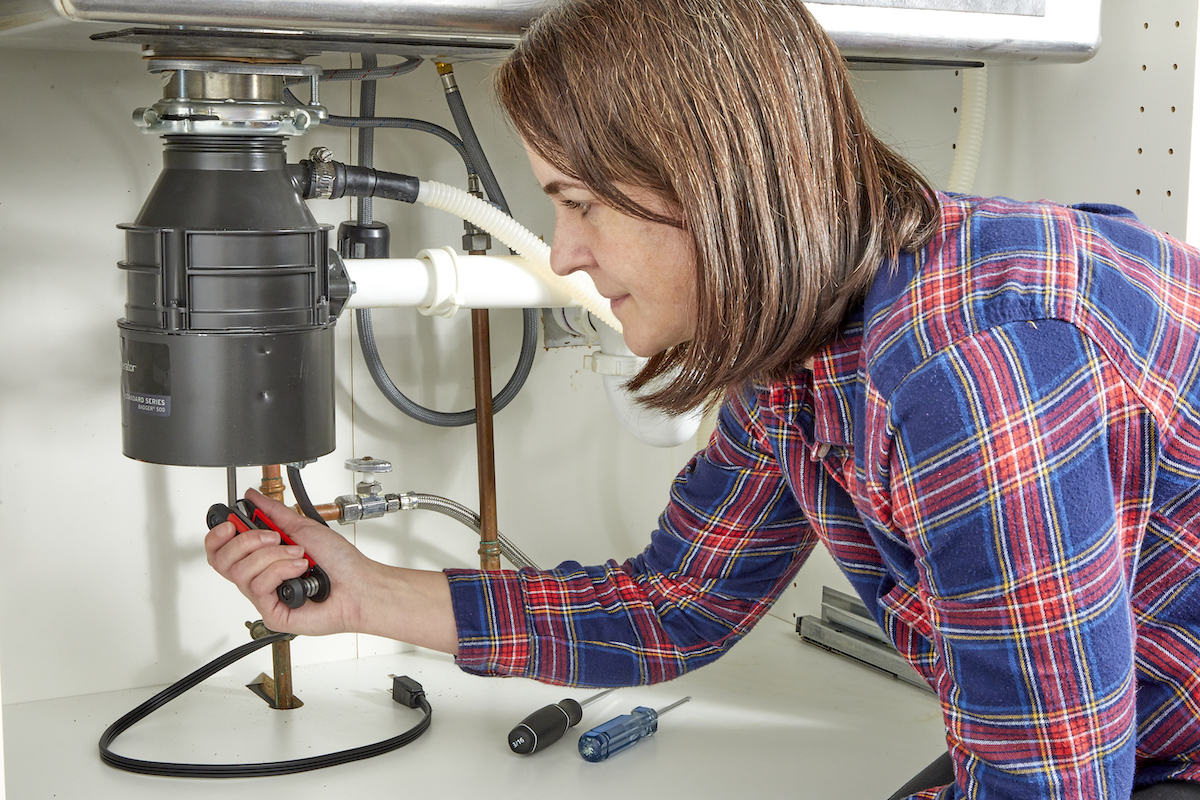

We may earn revenue from the products available on this page and participate in affiliate programs. Learn More ›
Q. After dinner, I rinsed off the dishes in the sink like I always do, and flipped the switch for the garbage disposal to grind the food scraps. The garbage disposal was not working. How can I fix the garbage disposal, or is it beyond fixing?
Your garbage disposal won’t turn on? While there’s a slim chance that you might have to replace your disposal, it’s unlikely. Odds are that the problem is something you can fix, often in just a few minutes. These troubleshooting tips, which are roughly in order from easiest to more involved, should help you get your garbage disposal back up and running.
1. Check the power supply.

Whenever an appliance like a garbage disposal is not working, the first thing to do is to check whether it’s still plugged in. While this step might sound overly simplistic, think for a moment about the under-sink area in your home: If you store cleaning supplies or a wastebasket under your sink, the garbage disposal plug can easily get knocked loose or pushed out of the outlet. Plug it in, and you’re back in business.
2. Check the electrical circuit.
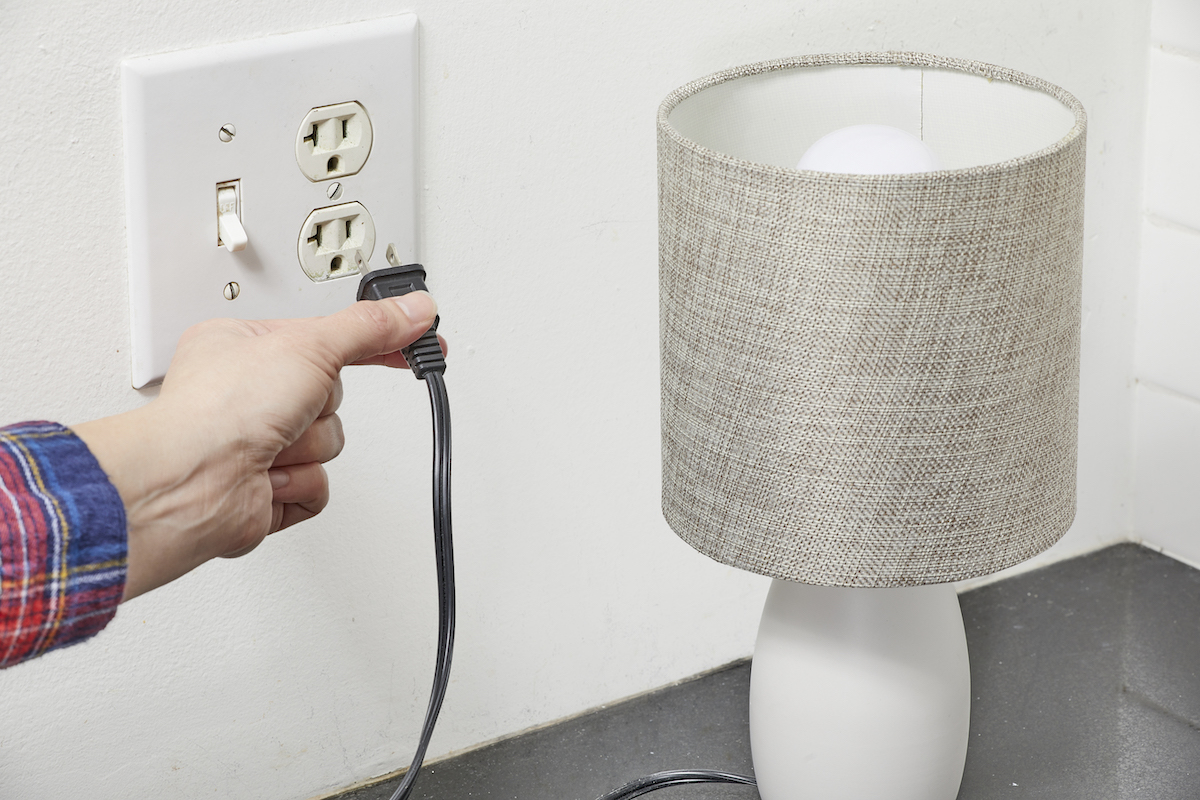
In newer homes, local building codes typically require an electrician to run a single circuit for the garbage disposal and the dishwasher to share. In homes where additional outlets are on the same circuit, however, running the garbage disposal while something else is operating, such as a toaster or countertop griddle, can cause the breaker to trip.
Before you locate the tripped breaker in your home’s main electrical panel and flip it back on, test how many other outlets in the kitchen still have power. Plug something small, like a desk lamp, into the other kitchen outlets; if the disposal isn’t the only thing that isn’t working, it’s likely that too many outlets are on the same circuit.
A temporary workaround is to run the disposal only when no other appliance is running. A more permanent fix is to hire an electrician to run one or more additional circuits in order to prevent overloading the one that powers the garbage disposal.
3. Reset the garbage disposal.
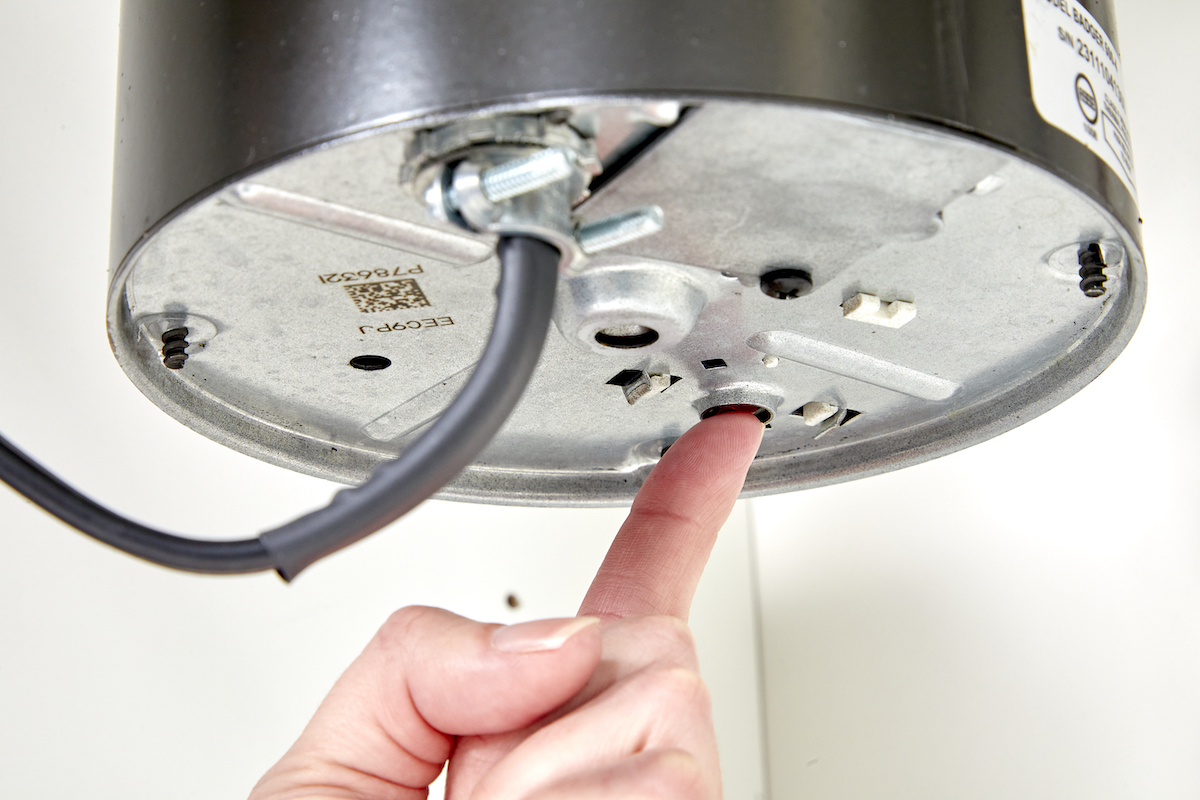
If the garbage disposal is getting power (and you’ve confirmed that it’s plugged in), the solution may be as simple as pressing the reset button. Overloading the garbage disposal with food scraps can cause it to overheat and trip the reset button.
To reset the garbage disposal, you first have to find the button. The garbage disposal reset button is usually on the side or the bottom of the under-sink part of the unit, depending on the model you have. You may have to feel around the back of the unit to locate it. When you find the button, press it once—firmly—and release.
4. Rotate the flywheel and impellers.
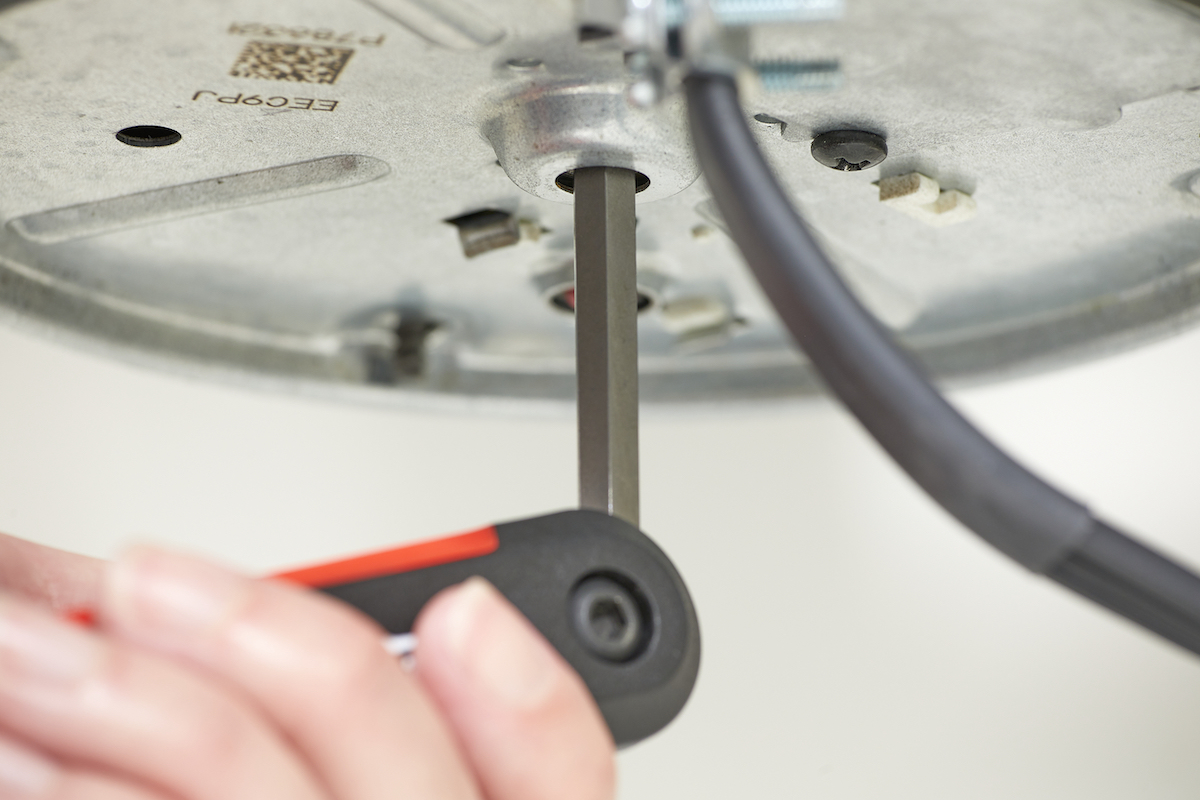
A garbage disposal uses impeller arms attached to a flywheel that’s surrounded by a shredder ring. When the flywheel spins, the impellers and ring work together to shred anything that comes into contact with them.
Sometimes pieces of metal or other materials that are too hard for the impeller arms to break down become caught in the impeller, or between the flywheel and the shredder ring, jamming them. If this happens, you’ll need to remove these objects from the garbage disposal. (A clue that it’s jammed: The garbage disposal hums when you turn it on.)
Here’s how to fix the jam:
- Cut the power to the garbage disposal by unplugging it (or by flipping the power breaker, if the appliance is hardwired).
- On the bottom of the outside of the garbage disposal, in the very center, is a small depression that receives a ¼-inch hex-head wrench. Fit the garbage disposal key or wrench in the depression and twist it back and forth firmly to rotate the flywheel and impellers to free the stuck item.
- If necessary, use a broom handle to dislodge whatever object is caught inside the disposal in the impeller blades and then use needle-nose pliers to remove it. For obvious reasons, you should never put your hands inside the garbage disposal. Even if you’re sure power to the garbage disposal is off, whatever object is stuck inside—or even the impellers—can cut your hand.
- Once you’ve cleared the foreign object, reconnect the power then turn on the faucet and test the garbage disposal to see if it works. You may need to press the reset switch (see above) before the garbage disposal will come back on.
Pro Tip: If you don’t already own a hex wrench set, get one. A good set of hex wrenches is handy for everything from IKEA furniture assembly to common home repairs like this one.
5. Check for leaks.
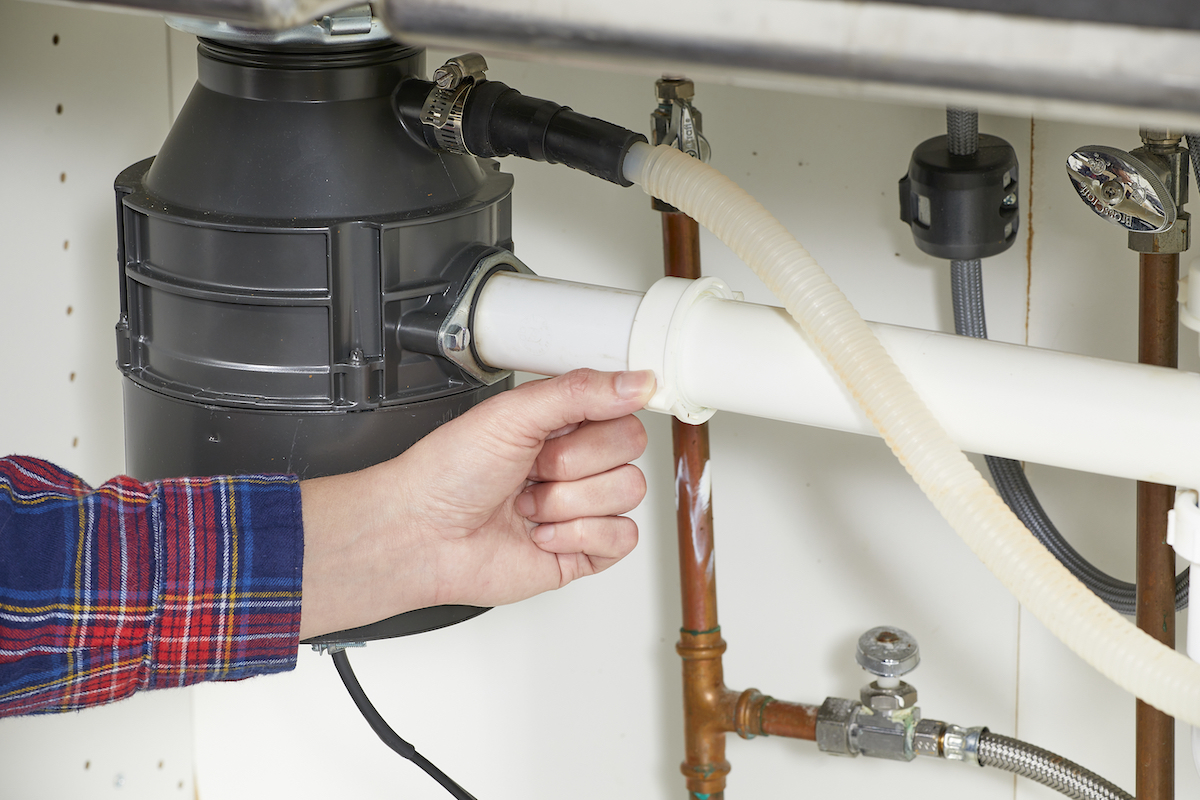
If the problem isn’t that the garbage disposal won’t turn on but rather that the garbage disposal is leaaking, you’ll need to locate the source of the leak. Here’s how to go about it:
- Move everything out of the undersink area.
- Next, unplug the garbage disposal to prevent the risk of electric shock.
- Examine the plumbing around the garbage disposal. The most common places to check for a leak are in the lines that run to and from the garbage disposal.
- Check the discharge tube that connects from the disposal to the sink drain line.
- If water only seems to leak when the dishwasher is running, check the dishwasher drain line, which connects to the disposal near the top of the unit.
- If the leak is coming from one of the lines, the fix is fairly easy: Tighten the connections. If that doesn’t work, you’ll need to replace the lines.
6. If all else fails, replace the garbage disposal.
While the above steps will fix most garbage disposals, they won’t fix blown motors, factory defects, or leaks from a cracked housing. Contact the manufacturer if the broken unit is relatively new; your garbage disposal replacement could be covered by warranty. If the garbage disposal is not under warranty, you’ll need to replace it. The cost to replace a garbage disposal is usually between $75 and $950, depending on the replacement unit you choose and whether you install it yourself or hire someone else to do it. Removing a garbage disposal and installing a new one is a fairly easy job most DIYers with a basic knowledge of plumbing can handle.
Another option is to look into getting a policy from one of the best home warranty companies, such as American Home Shield or AFC Home Club. A home warranty can help cover repairs (and sometimes replacements) on major appliances, including garbage disposals.
How to Maintain a Garbage Disposal
To avoid fixing a garbage disposal in the future, remember this: It works wonders grinding up soft bits of food that remain in the sink after meal preparation, but it’s not designed to chew through certain foods. Avoid putting animal bones, nuts and certain shells, seeds, and potato peels down the garbage disposal. Even chunks of fibrous food scraps, like raw celery, carrots, or cabbage, will wear down the impellers or strain the garbage disposal’s motor.
Particular foods can also create clogs. Avoid sending coffee grounds down the grain as they can build up in the drain pipe. The same goes for grease, oil or fat, which can stick to the insides of pipes.
Rather than putting food in the garbage disposal, put the bulk of these scraps in the trash can, or better yet—if they’re non-meat scraps—the compost pile.
Always run the garbage disposal with plenty of cold water and allow the unit to run a few seconds after the food grinding is complete to clear away residual bits of food that can cause odors.
